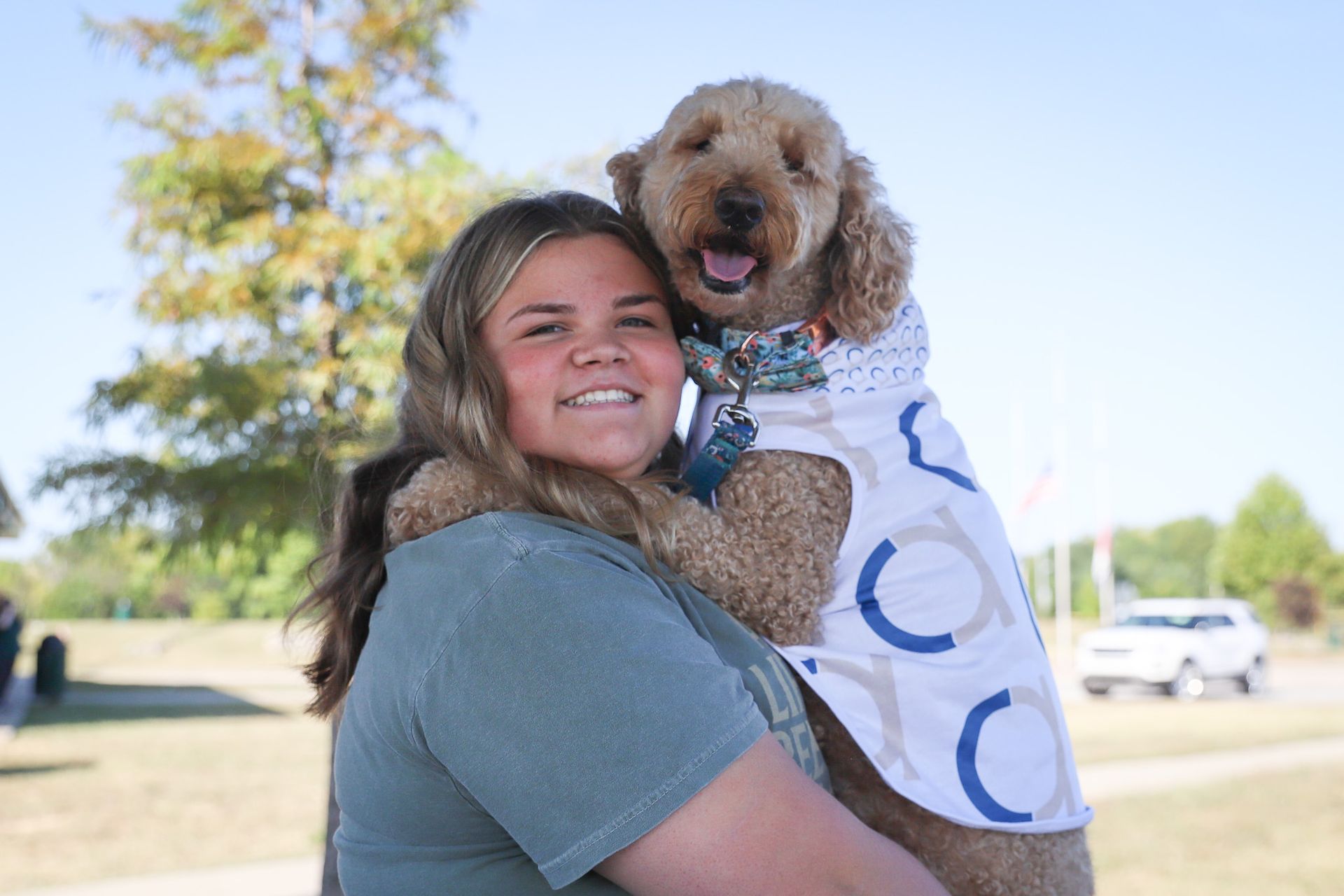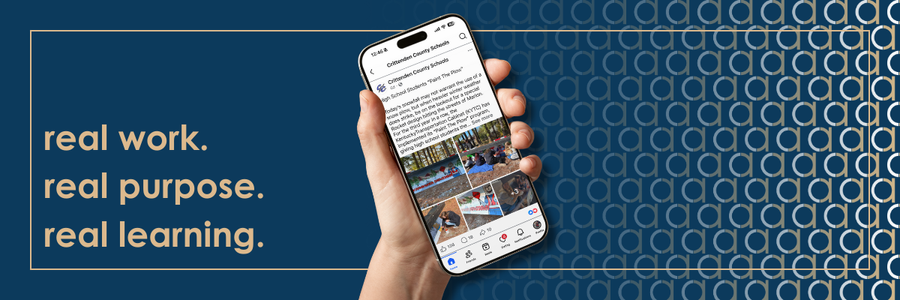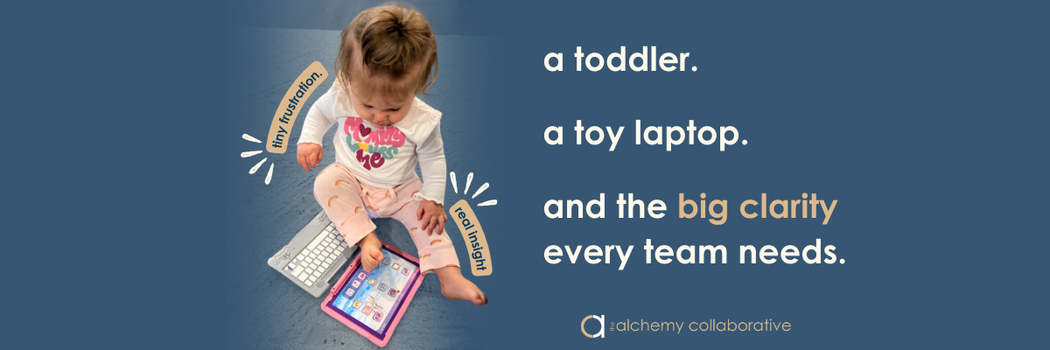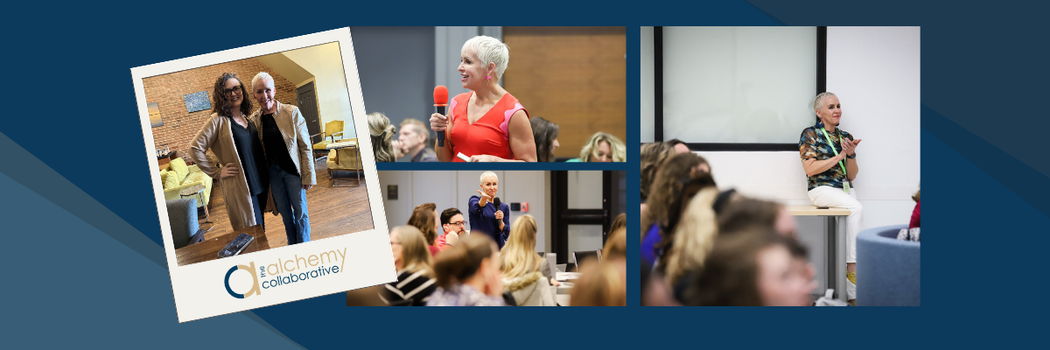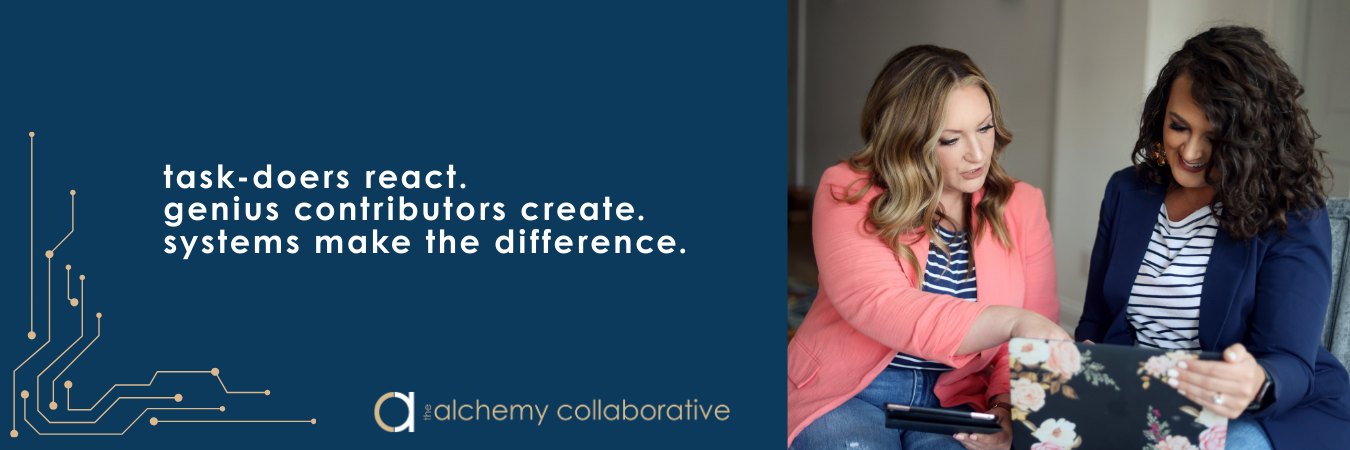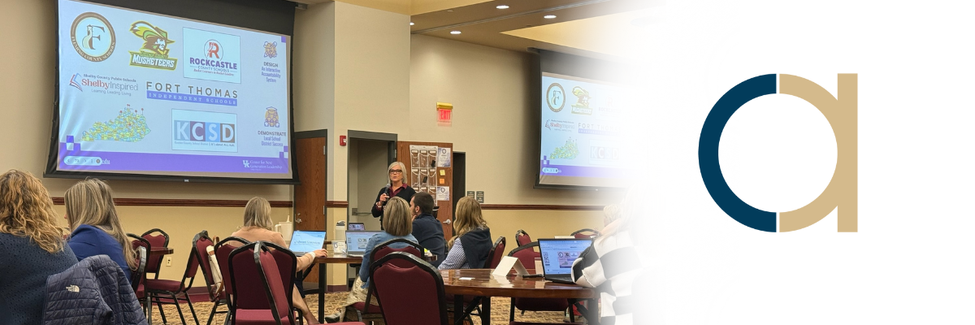When the pandemic pushed schools online, most of us assumed it would be a temporary fix. But here we are, years later, still talking about virtual options — not as a backup, but as a permanent pathway for many students.
I’m not just writing this as an education communicator. I’m writing this as a mom. My daughter is enrolled in Bullitt Virtual Learning Academy (BVLA), and I’ve seen firsthand the way the program has given her both structure and freedom.
the research says “fit” is everything
Post-COVID studies tell a clear story: virtual learning doesn’t work equally well for everyone, but when it fits, it can be transformative. A 2023 study from the University of Chicago’s Becker Friedman Institute found that students whose families intentionally chose remote learning — because it matched their needs — actually did better than they would have in person.
State agencies have caught up to this, too. The Kentucky Department of Education’s Virtual and Online Learning Toolkit aligns district-run virtual academies with national standards, making sure they have certified teachers, MTSS supports, and clear accountability.
That’s why programs like BVLA are positioned so differently from the large for-profit “online schools” you might see in the headlines.
flexibility that protects learning time
For many families, virtual learning provides what in-person sometimes can’t: consistency. Students managing health needs, recovering from anxiety, balancing athletics, or simply thriving in quieter spaces can keep pace without the constant disruption of absences.
I’ve seen this with my daughter — the ability to work from home, at her own pace, means fewer missed assignments and more time spent actually learning.
And she’s not alone. Reports from Michigan Virtual show that pass rates in well-designed district-run programs can rival or even exceed traditional classrooms, especially when students enroll by choice.
vibrant learning and real accountability
What I love about BVLA is that it isn’t just a screen and a set of assignments. It’s rooted in Bullitt County’s broader commitment to authentic and vibrant learning. My daughter isn’t only checking boxes; she’s creating, problem-solving, and applying her skills in ways that feel connected to the real world.
The accountability is strong, too: students still participate in district and state assessments, receive instruction from certified BCPS teachers, and access special education or gifted services as needed. It feels like the best of both worlds: flexible, but still rigorous.
why local matters
Independent reviews like NEPC’s 2023 report on virtual schools often point out the risks: low engagement, poor oversight, and a lack of equity. But those critiques are usually about full-time, statewide, for-profit virtuals.
District-run programs like BVLA are different. They’re embedded in the local school system, connected to the same teachers, supports, and culture as their in-person peers.
That matters. It means families get flexibility without sacrificing quality. It means my daughter still feels like she belongs in her district community, even when she’s learning from home.
the bottom line
Families deserve pathways that fit how their kids learn. For some, that’s a traditional classroom. For others — like my daughter — it’s a district virtual academy that blends flexibility with accountability.
BVLA is proof that when a district invests in the right systems and supports, virtual learning isn’t just a backup plan. It’s a thriving, forward-looking option that helps students succeed in ways traditional models can’t always provide.
